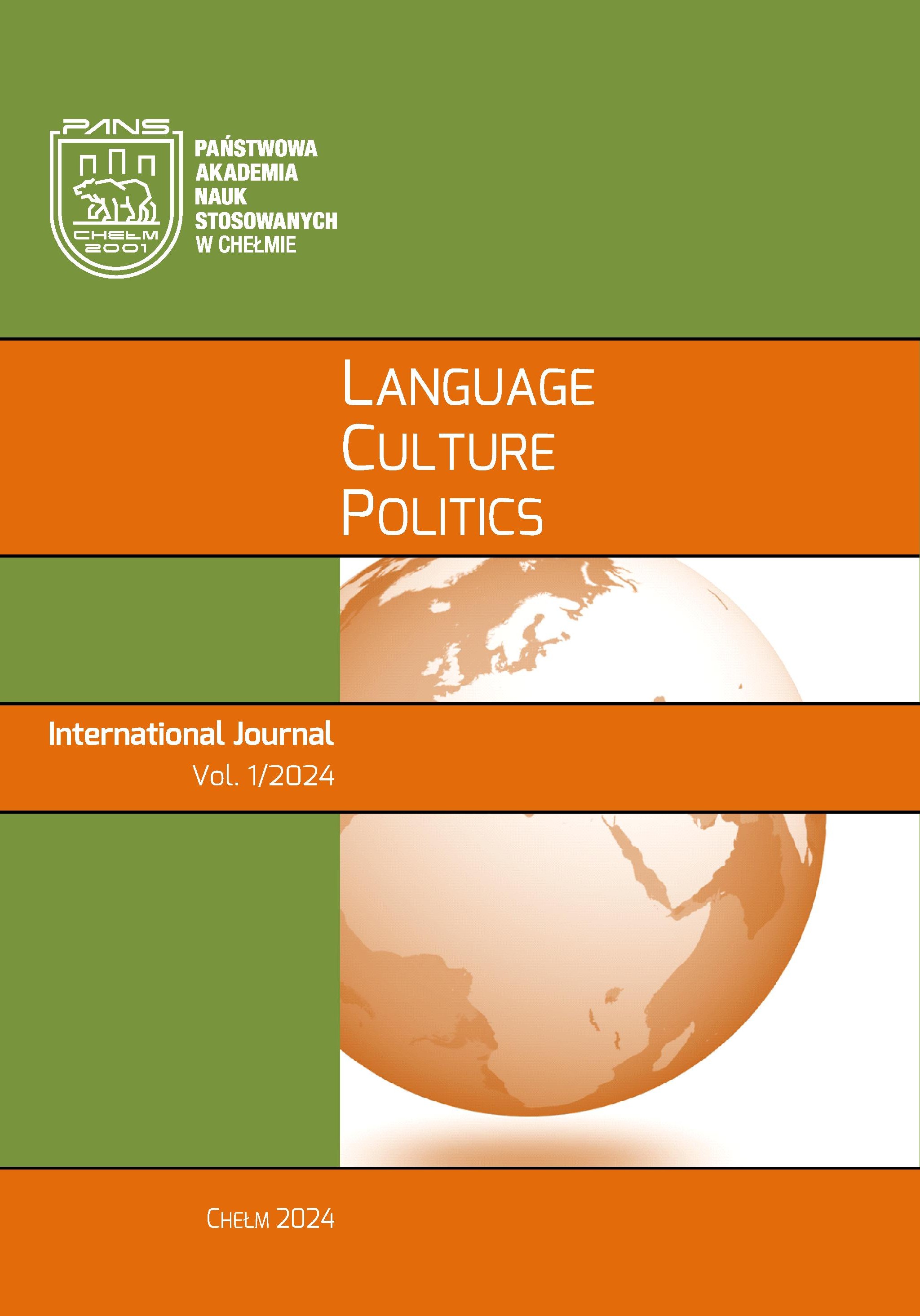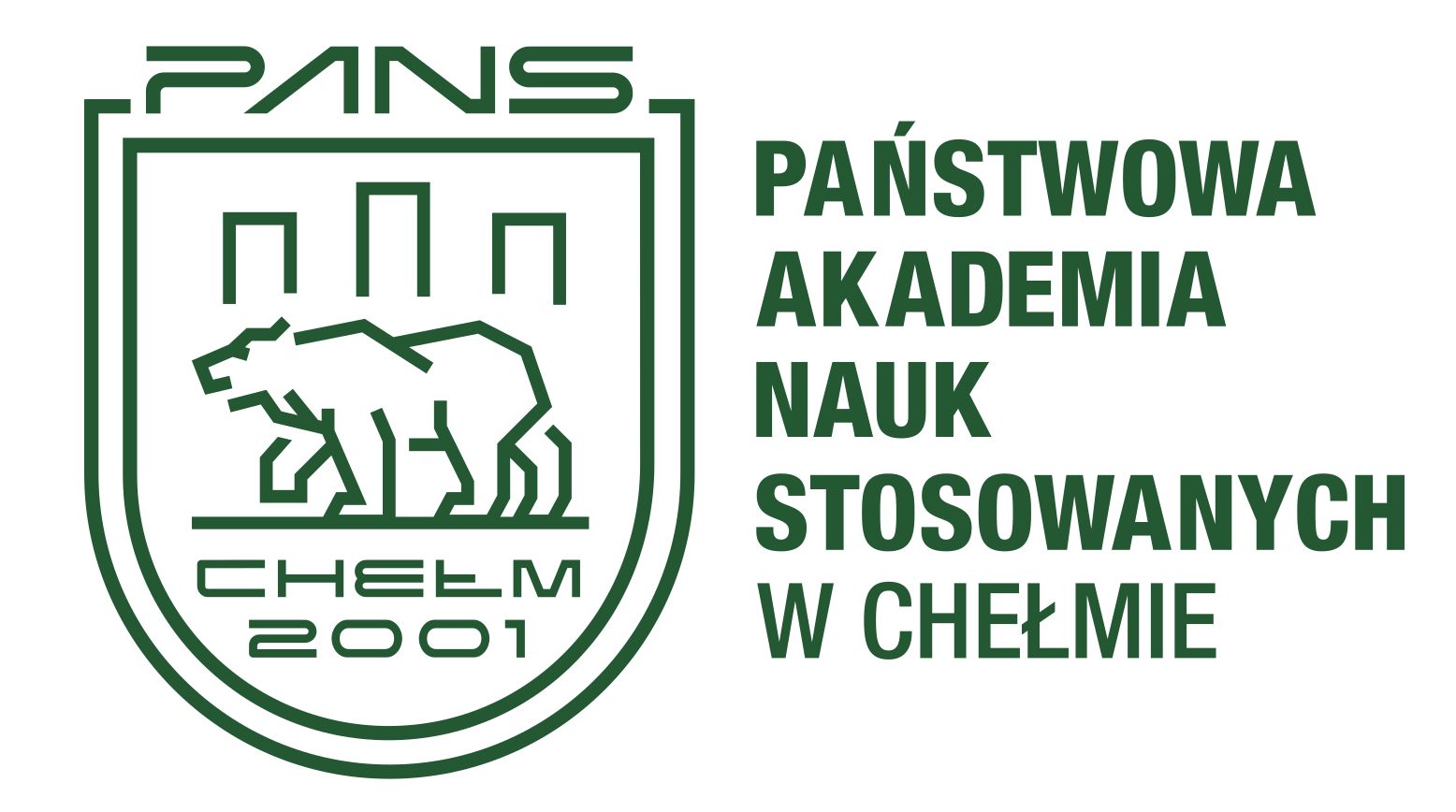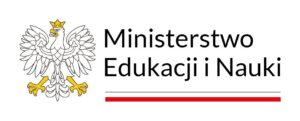The Role of Media Diplomacy in Shaping the State’s International Image
DOI:
https://doi.org/10.54515/lcp.2024.1.133-145Keywords:
media diplomacy, state image, social networks, tools, mechanisms, diplomacyAbstract
The article attempts to determine the role of media diplomacy in shaping the state's image in the international arena.
Media diplomacy under the conditions of globalization transformed geopolitical relations and changed the hierarchical system of foreign policy decision-making, highlighting the competition among states for the opportunity to influence public opinion. The information policy of the state involves not only the dissemination of positive information about it in the international information space, but also the integration of politicians, state government structures, non-state actors, famous personalities, and opinion leaders into the brand management system of the state's national policy. At the same time, the use of social media platforms in the implementation of diplomatic activities has led to the fact that any user of a social network today is not only a consumer of information, but also a direct supplier and distributor of it, meaning they have the opportunity to influence the adoption of certain decisions at the state level and shape in this way the image of the state. The article analyzes the use of media diplomacy mechanisms in the formation of Ukraine's image, identifies positive and negative aspects, and discusses prospects for its development.
References
Bashtannyk,V., Sulima, E. (2003). „Improvement of managerial activity in the system of foreign policy of Ukraine”. In: Bulletin of the National Academy of Public Administration under the President of Ukraine, no. 3.
Покращення іміджу чи "джинса"? Deutsche Welle. (2013). https://www.dw.com/uk/позитивні-публікації-про-україну-покращення-іміджу-чи-джинса/a-17036519, 25.12.2023
eDiplomacy: The US State Department's Global Collaborative Backbone. (2010). https://www.zdnet.com/article/ediplomacy-the-us-state-departments-global-collaborative-backbone/, 12.12.2023.
Friedman, T. (2005). The World is Flat: A Brief History of the Twenty-first Century. New York: Farrar, Straus, and Giroux.. https://www.chinhnghia.com/Friedman_the%20world%20is%20flat.pdf, 10.11.2023.
Leonard, M. (2002). Public Diplomacy. London: The Foreign Policy Center.
Nation Brends. The annual report on the most valuable and strongest. https:// brandirectory.com/rankings/nation-brands, 23.12.2023.
Rudnieva, A., Malovana, Y. (2023). „The image of Ukraine in conditions of modern information processes: digital transformation and E-governance”. In: Bulletion of Lviv University: Philosopher-political scientist series, no 4. DOI: https://doi.org/10.30970/PPS.2022.42.42
Cull, N. J. (2013). “The long road to public diplomacy 2.0: the Internet in US public diplomacy”. In: International Studies Review, no. 15. DOI: https://doi.org/10.1111/misr.12026











